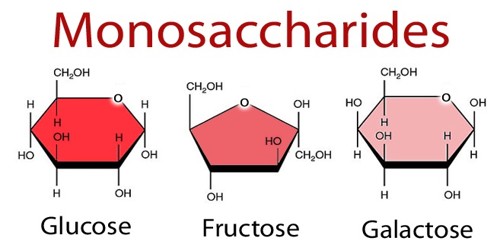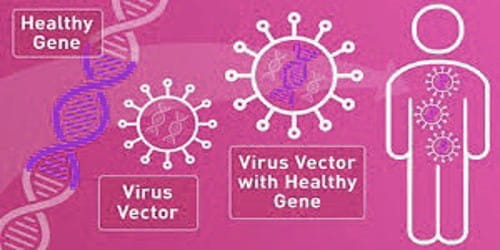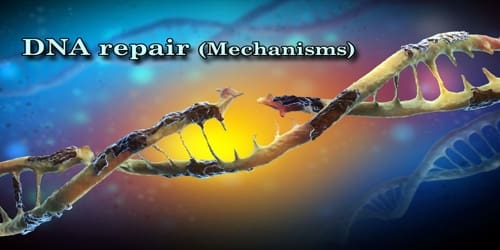Monosaccharides are the simplest form of carbohydrates. They are also the foundation for more complex carbohydrates, or they serve as components to amino acids. They consist of one sugar and are usually colorless, water-soluble, crystalline solids. Some monosaccharides have a sweet taste. So, they are also called a simple sugar, any of the basic compounds that serve as the building blocks of carbohydrates. They are the simplest units of carbohydrates and the simplest form of sugar.
Monosaccharides all have the same basic structure, symbolized with the chemical formula (CH2O)n, in which “n” stands for the number of carbon atoms. Examples of monosaccharides include glucose (dextrose), fructose, galactose, and ribose. Monosaccharides are the building blocks of disaccharides like sucrose (common sugar) and polysaccharides (such as cellulose and starch). Sugar substitutes, such as sorbitol and mannitol, are used as sweeteners, and they form naturally in plants and berries from monosaccharides like glucose and mannose. The foremost function of monosaccharides is used to produce and store energy. Plants create cellulose to serve this function, while some bacteria can produce a similar cell wall from slightly different polysaccharides.
Further, each carbon atom that supports a hydroxyl group (except for the first and last) is chiral, giving rise to a number of isomeric forms all with the same chemical formula. Physically, they are usually colorless, can dissolve in water, and have the appearance of a crystal-like substance. They are a type of monomer, or molecule that can combine with like molecules to create a larger polymer. These molecules tend to have isomers, meaning they have the same formula but different structures. For instance, galactose and glucose are both aldohexoses, but they have different chemical and physical properties.
















